|
SIMBA!!! Ahem, I mean, a dominant male in repose. It’s difficult to write about travel in Kenya without mentioning the national trauma it has experienced over the last two years. In the wake of the attacks of September 2013 and April 2015, the country’s tourism industry, which constitutes the second largest sector of its economy, is still struggling to find its footing. It hasn't helped that a number of potential visitors canceled safaris during the height of the ebola outbreak last year, despite the fact that Kenya was never part of the epidemic. The lack of incoming visitors is frustrating both because this is a place that desperately needs them and because it is one that deserves to be seen. I like to consider myself a well-traveled individual, but nothing prepared me for my first trip to Kenya. This is a country with 68 spoken languages and several dozen distinct tribes. It’s a place where the topography ranges from Africa’s highest mountain to swathes of savannah to the beaches of Mombasa. And, although its food doesn’t get much international attention, it’s delicious. Nyama choma—barbecued meat, usually goat—is so primally satisfying, so salty, fatty and good (more on that here). Don’t even get me started on the football-sized avocados in the local markets. But of course, the reason most travelers come is for the wildlife. Although this was more of personal trip, I couldn’t resist taking a couple days out of my time in Nairobi to see the inhabitants of Masai Mara, the Kenyan park connected with the Serengeti. Bull elephants seem to exude utter disdain for the little vehicles around them. When they feel like blocking a road, it stays blocked. Getting there There are two ways to get from Nairobi’s international airport to The Mara: the easy way and the hard way. For those with budget to burn, many of the tented camps and lodges offer round-trip flights to and from the Kichwa Tembo Airstrip. While this is a cushy and presumably scenic possibility, we opted for the slower land route. Fun fact: there's a regulation in Kenya that minibuses cannot go over 80kph. Should they exceed the speed limit, a sensor will beep angrily until the driver slows down. Felix, our guide for the next few days, was unperturbed by the alarm and barreled straight ahead with it screeching away for most of the trip. On the plus side, the drive gave us a heart-stopping peek over the lip of the Great Rift Valley and took us past rose farms, tea plantations and through a number of smaller towns and cities. In two weeks, I can hardly claim to have “seen Kenya,” but I was grateful for a glimpse of life outside of the capital. We booked our trip through Phoenix Safaris, which has an outpost at The Village Market, an upscale shopping center in Nairobi (think: sushi, locally made cheeses and French pastries). Note: As of this month, Kenya’s revised visa policy requires U.S. citizens to obtain a tourist visa, which costs either US$50 (single-entry) or US$100 (multiple entry), before entering the country. Be sure your passport is valid for at least six months after your intended travel time. You can find more information here. Did I mention it was baby animal season and we saw ALL of the baby animals? A word on glamping I made fun of both the word and the concept of glamping for years, mostly due to resentfully freezing in sleeping bags on many a family camping vacation. I reasoned that having flushing toilets, throw pillows and hot showers was cheating. Real travelers on real wilderness experiences should be able to handle a certain level of suffering. I take it all back. Mara Siria, a camp with 12 plush tents situated on a hill, offers all of the bougey creature comforts I not-so-secretly love without ever fully removing guests from the surrounding ecosystem. Zebras and giraffes stormed by at night; hyenas raided the Maasai settlement at the foot of the camp one morning and stole several cows. Unlike a resort, which can at times feel like a particularly cozy cocoon, our tent never let us forget where we were. Environmental impact is also kept to a minimum and the camp employs people members of the Maasai tribe in order to generate income for the community. A crested crane, also known a the national bird of Uganda. The Big Five Game drives at times begin to resemble a scorecard and it’s easy to get caught up in checking the more impressive species off the list. “Did you see the Big Five?” is a question asked anxiously and often. Between the lumbering cape buffalo, immense herds of elephants, a pair of charging black rhinos, a male and female lion lounging after a tryst, and a leopard snoozing in a tree, we did. The latter was by far the most impressive, a massive male who, at least according to Felix, had mauled and eaten a cheetah the previous week. As fun as it was to see the big crowd-pleasers, I enjoyed the interactions between some of the other 30-odd species we saw just as much. From the hyena cubs at play to crested cranes stomping the ground to scare up insects for their chicks to ostriches ruffling their feathers, there was always something to see. My two somewhat more seasoned safari companions made fun of my unrelenting enthusiasm for "boring" zebras, giraffes and gazelles. In my defense, (and I'm hardly the first person to comment on this) seeing these creatures darting around their natural habitat is a far cry from watching them in a Nat Geo documentary or in the zoo. Peering into this world where everything is trying to survive, where large mammals fight and die every single day, makes you feel somehow very small. I'm still unable to fully articulate what struck me so much about the experience, but it stayed with me in a way I never quite expected. This big guy couldn't care less about the shutterbug-happy tourists below him. Up in the air Does a sunrise hot-air-balloon ride sound over-the-top? It is, but it’s also more than worth the 4 a.m. wake-up call. The balloons cruise at low altitudes over the plains, allowing you to see shy animals that steer clear of the main roads. The journey ends with breakfast and bubbles directly on The Mara. This was, without exaggeration, The. Best. Thing. Ever.
3 Comments
|
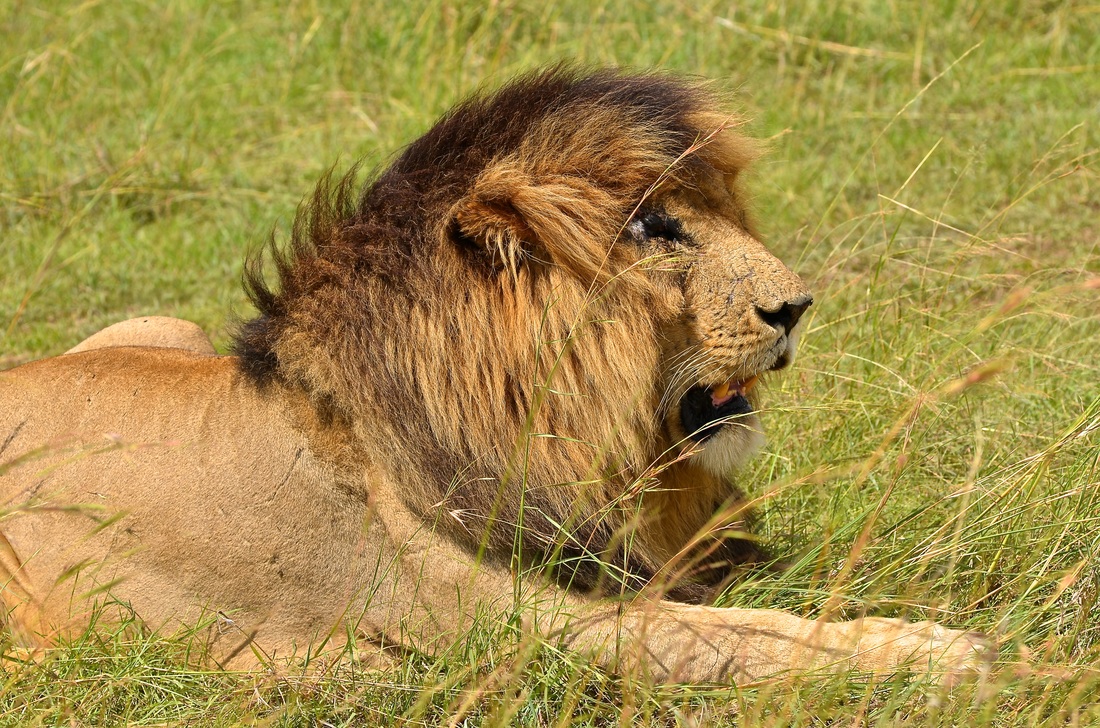
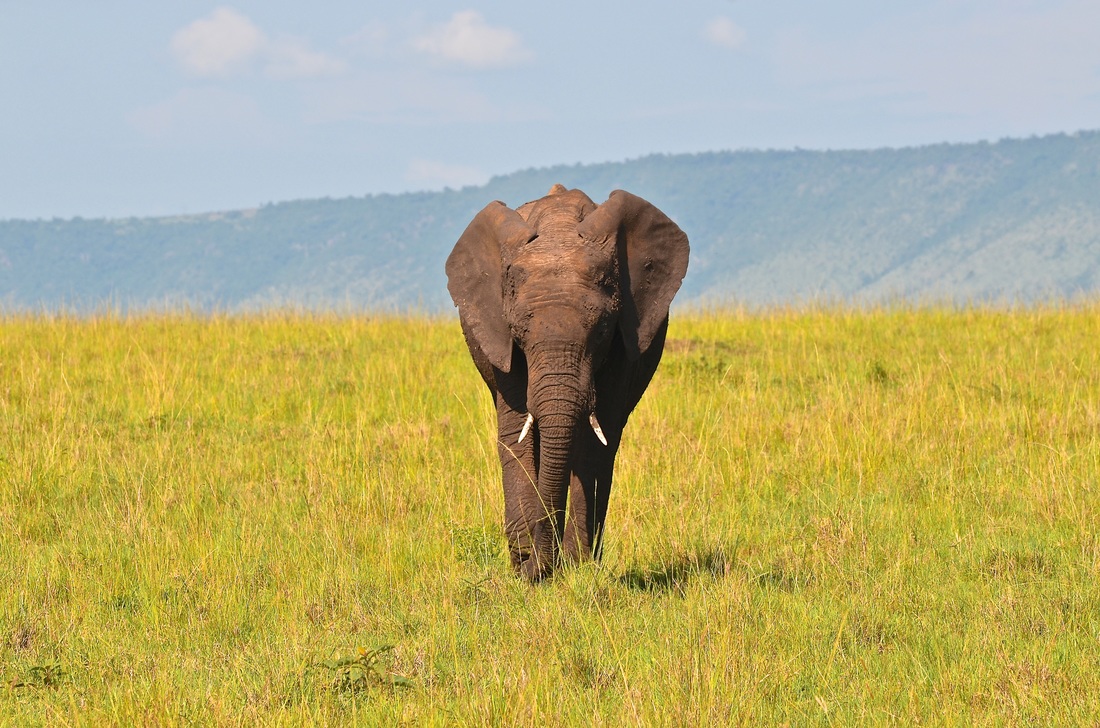
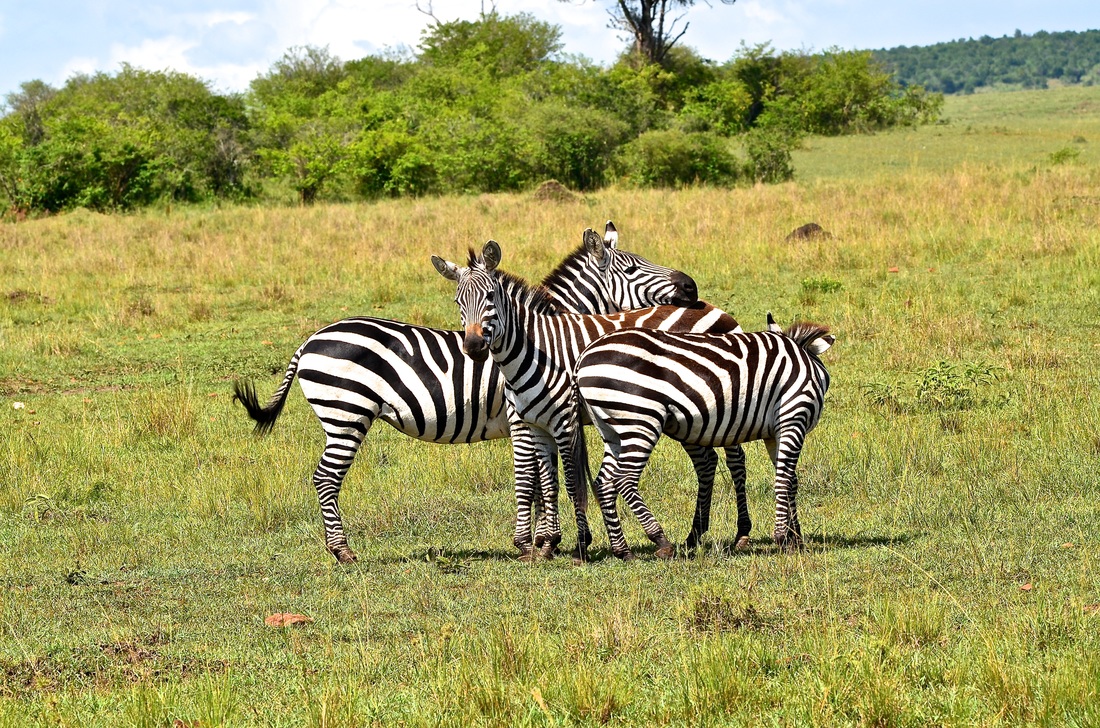
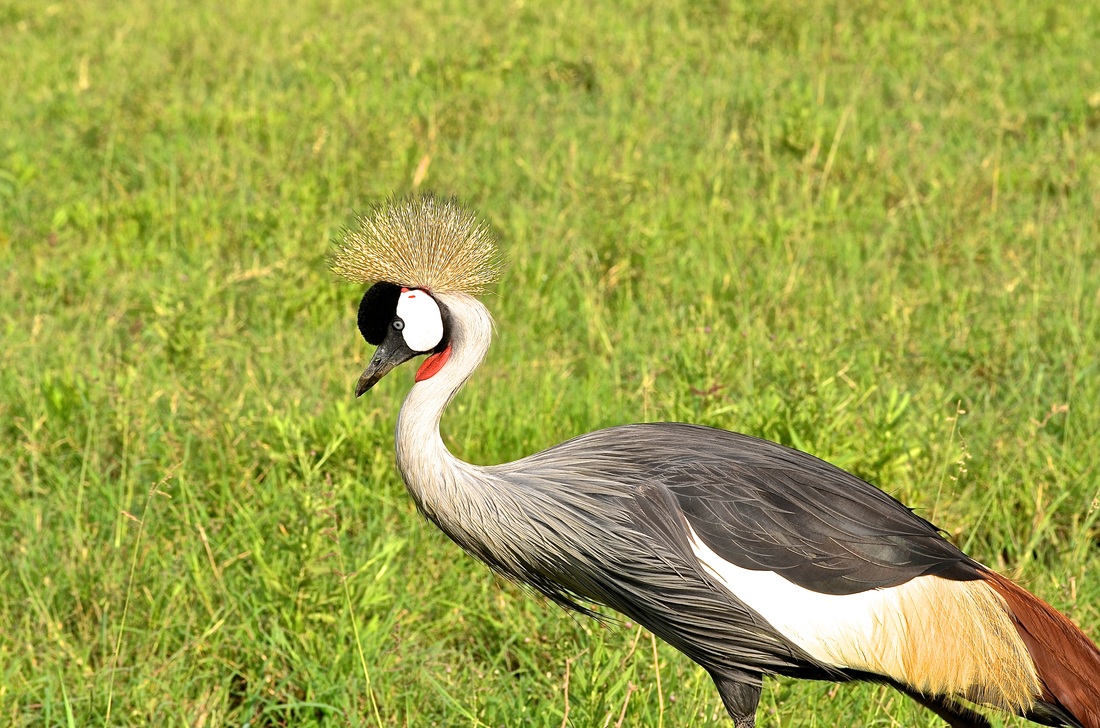
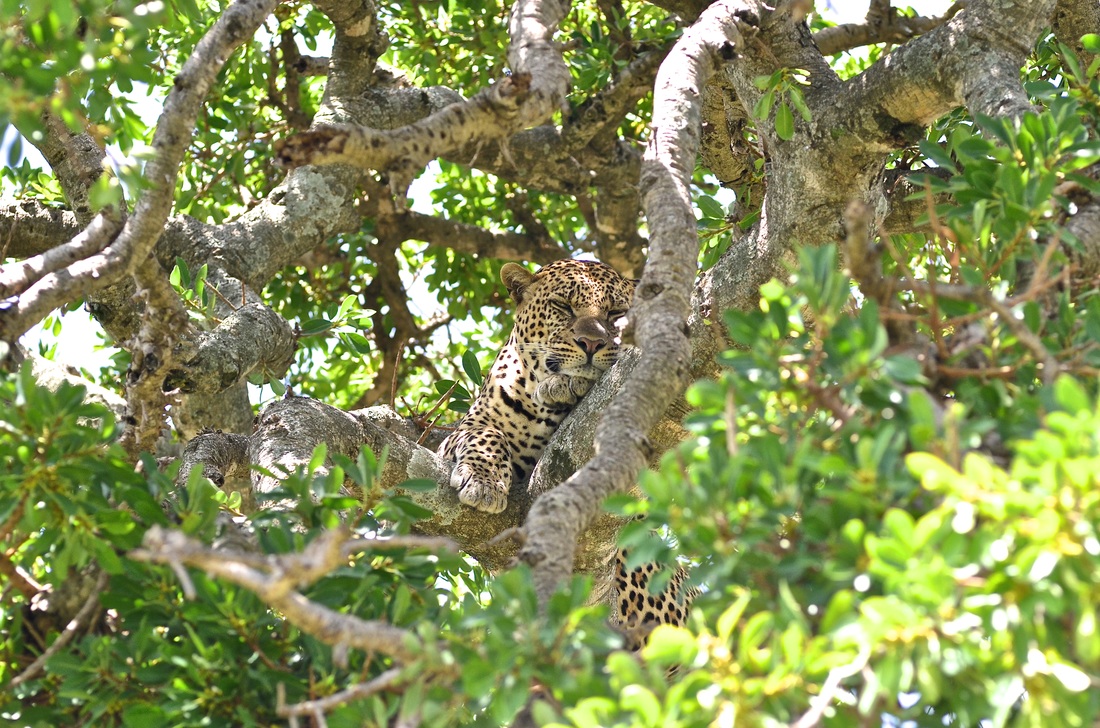
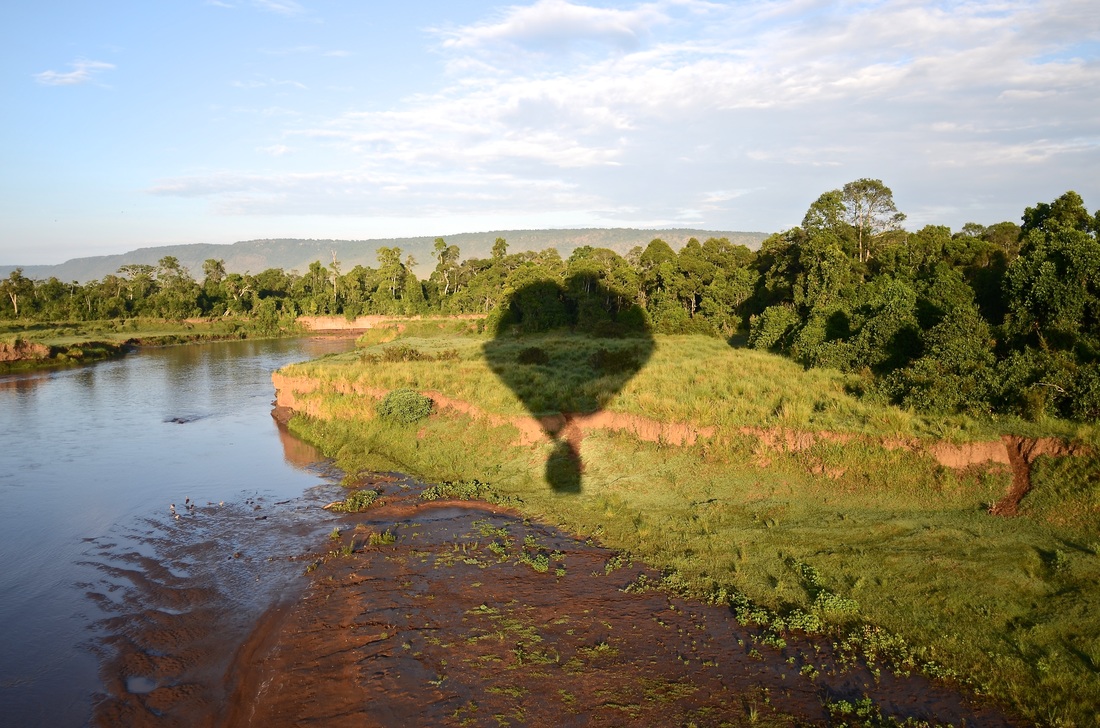
 RSS Feed
RSS Feed